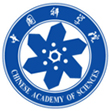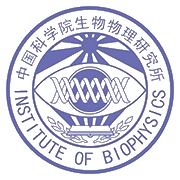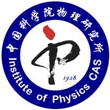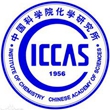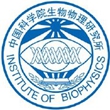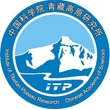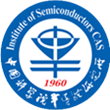Sessions 2:Chemical Sciences
Benzhong Tang

Character introduction
Ben Zhong Tang is Stephen K. C. Cheong Professor of Science, Chair Professor of Chemistry, and Chair Professor of Chemical and Biological Engineering at The Hong Kong University of Science and Technology (HKUST). His research interests include macromolecular chemistry, materials science and biomedical theranostics. Tang received B.S. and Ph.D. degrees from South China University of Technology and Kyoto University, respectively. He conducted postdoctoral research at University of Toronto. He joined HKUST as an assistant professor in 1994 and was promoted to chair professor in 2008. He was elected to the Chinese Academy of Sciences and the Royal Society of Chemistry (RSC) in 2009 and 2013, respectively. Tang has published >1,400 papers. His publications have been cited >83000 times with an h-index of 134. He has been listed by Thomson Reuters as a Highly Cited Researcher in both areas of Chemistry and Materials Science. He received the State Natural Science Award (1st Class; 2017) from Chinese Government, Scientific and Technological Progress Award from the Ho Leung Ho Lee Foundation (2017) and Senior Research Fellowship from the Croucher Foundation (2007). He is now serving as Editor-in-Chief of Materials Chemistry Frontiers (RSC & CCS).
Topic: Brightening the World by Conceptually New Luminogens
Abstract Light is of vital importance to the universe and all living beings. Generally, light is emitted from luminophores. The development of luminescent materials has thus received considerable attention and has undoubtedly promoted high-tech innovations and benefited the whole world. Aggregation-induced emission (AIE) is a unique and significant photophysical phenomenon that differs greatly from the commonly acknowledged aggregation-caused emission quenching (ACQ) observed for many π-conjugated planar chromophores. The concept of AIE was coined by our group in 2001.1 The AIEgens (the luminogens exhibiting AIE attributes) are non-emissive when they are genuinely dissolved in a good solvent, whereas, the emission is turned on when they are aggregated or clustered.2,3 Through systematic experimental measurements and theoretical calculations, it has been rationalized that the restriction of intramolecular motions (RIM), including rotation, vibration, stretching, etc., is highly responsible for the AIE effect. The AIEgen aggregates exhibit large absorptivity, robust luminosity, strong photobleaching resistance, no random blinking, and excellent biocompatibility. They have been widely applied for polymer topology visualization, in vitro and in vivo biosensing and imaging, micro-environment sensing, real-time organelle or cellular imaging, highly sensitive pathogen detection, long-lasting drug delivery tracking and high-resolution biological process etc.
REFERENCES
1. J. Luo, B. Z. Tang et al. Chem. Commun. 2001, 1740-1741.
2. S. J. Liu, B. Z. Tang et al. Angew. Chem. Int. Ed. 2018, 57, 6274 –6278.
3. Mei J, Tang BZ, et. al. Chem. Rev. 2015, 115, 11718-11940.
REFERENCES
1. J. Luo, B. Z. Tang et al. Chem. Commun. 2001, 1740-1741.
2. S. J. Liu, B. Z. Tang et al. Angew. Chem. Int. Ed. 2018, 57, 6274 –6278.
3. Mei J, Tang BZ, et. al. Chem. Rev. 2015, 115, 11718-11940.
Previous Peter J. Stang
Next Klaus Müllen
